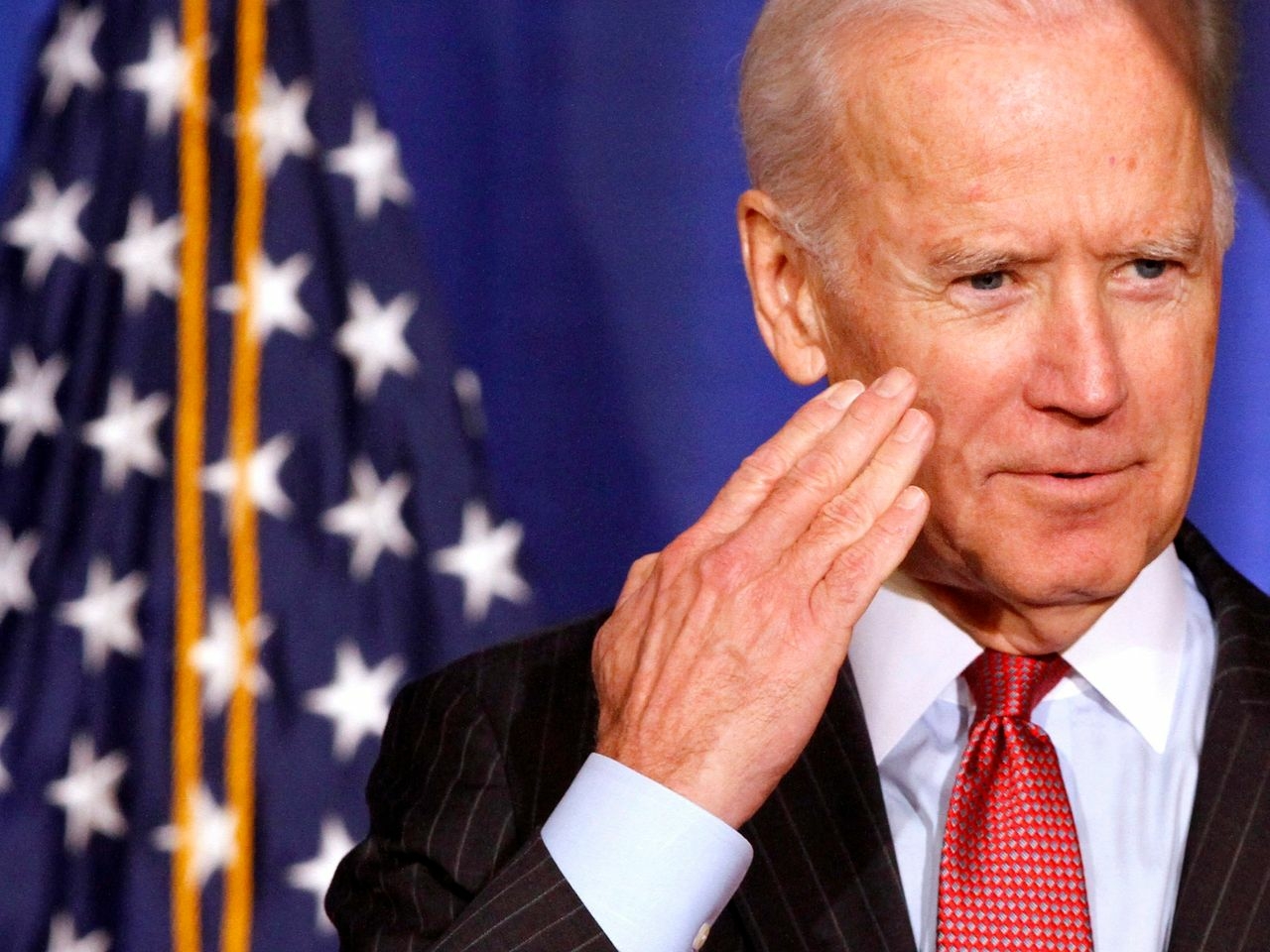WASHINGTON (AP) — An idle worker at a Kabul-based aid group, Abaad, that helps battered Afghan women, is receiving frightened and often tearful calls, not only from her clients but also from her female colleagues.
A Dec. 24 Taliban injunction barring aid groups from employing women cripples supplies that help keep millions of Afghans alive and threatens humanitarian services across the country. Another consequence of the ban is that thousands of women who work for such organizations in the war-torn country face lost income they desperately need to support their own families.
The ban poses one of the biggest political challenges related to Afghanistan for the United States and other countries since the withdrawal of the US military in August 2021 opened the door for the Taliban takeover. These nations face the difficult task of finding an international response that neither worsens the plight of millions of aid-dependent Afghans nor caves in to the Taliban’s crackdown on women.
The United Nations estimates that 85% of Afghanistan’s NGOs have partially or completely suspended their activities because of the ban, which is the Taliban’s latest move to oust women from public life.
Abaad was among those who stopped working. Its staff supported and counseled women who had suffered rape, beatings, forced marriages or other domestic violence.
Clients told the Abaad worker that they feared ending up on the streets of Kabul without the group’s help. The worker herself and thousands like her across Afghanistan depend on her paychecks to survive in a collapsed economy where aid officials say 97% of the population now live in or are at risk of poverty.
A colleague told her she was considering suicide.
The aid worker and other interviewees expressed hope that the United States, the United Nations and others would stand by them and persuade the Taliban to lift the ban.
“That’s all we ask. They should find a solution, find a way to support the people here in Afghanistan,” she said. She spoke on condition of anonymity, fearing for her safety.
Several leading global aid agencies that have halted their operations are urging UN agencies to do the same. They are calling on the Biden administration to use its influence to ensure the international community stands firm.
The US is the largest single donor of humanitarian aid to Afghanistan. It also has an abiding interest in suppressing security threats from extremist groups in Afghanistan, one of the missions for which it hopes to maintain some limited ties with the Taliban.
A US official involved in the discussions predicted an ultimate international response somewhere between suspending all relief efforts, which the official called inhumane and ineffective, to the other extreme of fully approving the Taliban ban.
According to another US official and nongovernmental official familiar with the discussion, a proposal under consideration in the government calls for halting all but life-saving assistance to Afghans.
Officials were not authorized to publicly discuss ongoing deliberations and they all spoke on condition of anonymity.
Aid officials and analysts, however, point to the difficulty of narrowing down what life-saving aid is. Food aid, certainly. But what about other forms of support, such as maternal care, which has helped to more than halve the maternal mortality rate in Afghanistan since the 1990s?
Large NGOs say that without a female workforce, they would be unable to effectively reach the women and children, who make up 75% of those in need. That’s because of Afghanistan’s conservative customs and Taliban rules, which forbid contact between unrelated men and women.
“Our suspensions are operational imperatives,” said Anastasia Moran, senior humanitarian policy officer at the International Rescue Committee. “It’s not a punishment. No attempt is made to withdraw services. This is not a negotiation tactic.”
The Taliban’s actions are restoring conditions since they first took power in the mid-1990s, when successive edicts drove women out of schools, jobs, charities and, increasingly, into their homes. Taliban leaders eventually ordered households to paint their windows black so no passer-by could see the women inside. It left little opportunity for women and children in female-headed households to access money or help stay alive.
The US invasion following the September 11, 2001 attacks ended this first era of Taliban rule. The Biden administration and aid groups all cite their determination to avoid a repeat of the fragmented, rivalry-driven, and often ad hoc international response to Taliban abuses of the 1990s, including the crackdown on women at the time.
Members of the UN Security Council met behind closed doors on Friday to discuss the international response after 11 of the 15 member states reiterated the Council’s call for “unhindered access for humanitarian actors regardless of gender”.
The humanitarian crisis caused by the Taliban ban comes at a politically sensitive time for Biden as Republicans now lead the House of Representatives and promise to investigate the messy disengagement from Afghanistan.
Rep. Michael McCaul, a foreign policy veteran who is newly in charge of the House Foreign Affairs Committee, called the crackdown on women part of the “catastrophic” consequences of the US withdrawal. McCaul. R-Texas said its committee will urge responses from administration officials about their handling of Afghanistan policy.
“This administration has promised consequences if the Taliban renege on their promise to uphold the human rights of Afghan women and girls,” McCaul said in a statement to The Associated Press. “Unfortunately, it comes as no surprise that the Taliban are breaching this commitment and action must be taken quickly.”
Almost everyone involved expressed hope that quiet diplomacy led by UN officials over the next few weeks could persuade the Taliban to soften their stance and allow women aid workers and aid organizations overall to resume their duties.
UN and other officials are meeting daily on the matter with top Taliban leaders in Kabul, who have access to Taliban Supreme Leader Haibatullah Akhundzada and his associates in the southern city of Kandahar, a US official said.
Some warn that the international community will have little leverage over Afghan rulers for years to come.
Meanwhile, the mission for those helping isolated, abused women was clear. said Masuda Sultan, an Afghan woman who also works for the Abaad relief group.
“Our aim is to help these women,” said Sultan from Dubai. “If they don’t get help, they will die.”
What is Taliban law?
What are the things that the Taliban have forbidden? They have banned girls from middle and high schools, barred women from most careers, and ordered them to wear head-to-toe clothing in public. Women are also banned from parks and gyms. The authorities have also closed madrassas that only taught female students but were housed in mosques.
What is the main aim of Taliban?
The Taliban emphasize the religious and cultural differences between West and East, the idea of a clash of cultures, denounce the West as oppressive to Islam, call the war on terror a war on Islam, and condemn international forces as ” occupiers and invaders”. .” They portray the government of …
What is the Taliban concept?
Taliban, Pashto ṬÄlebÄn (âStudents’), also spelled Taliban, ultra-conservative political and religious faction that emerged in the mid-1990s after the withdrawal of Soviet troops and the collapse of the communist regime in Afghanistan, and the subsequent collapse of the bourgeois order. Read also : Perspective | The US is repeating its failed Afghanistan policy from the 1990s.
What is Afghanistan flag now?
The current flag of the Islamic Emirate of Afghanistan is a plain white flag with the words of Shahada in black in the center. On the same subject : How do the new abortion laws affect women in the United States?. The white represents “the (Taliban Islamic movement) purity of faith and government”; After 1997, the flag included the Shahada, the Islamic creed.
Did Afghanistan change its flag in 2022? The Taliban regime in Afghanistan on Sunday [20. March 2022] issued a decree banning the official tricolor flag of the internationally recognized Afghan government (black, red, green) and replacing it with the white flag of the Islamic Emirate.
What is on Afghanistan flag?
On January 29, 2002, the government adopted the current flag. His modified coat of arms includes the Arabic inscriptions “Afghanistan” and “There is no deity but God; Mohammed is the messenger of God. To see also : The United States is considering calling up Alejandro Zendejas.” The coat of arms still contains a mosque, two flags and sheaves of wheat.
How does the Taliban make money?
The Taliban have reportedly scooped hundreds of millions of dollars from the illegal drug trade in Afghanistan. Between 2018 and 2019, the group made more than $400 million from the trade, according to UN and US officials.
Where does the Taliban money come from? Opium Economy A major source of finance for the Taliban was opium, and economic activity revolved around it, including cultivation, production and smuggling of the product for lucrative foreign markets.
Who are the Taliban and how are they funded?
Before the takeover, the Taliban mainly earned revenue from criminal activities, including opium poppy cultivation, drug trafficking, extortion of local businesses and kidnappings, according to the UN Monitoring Group. In 2021, Afghanistan accounted for 86 percent [PDF] of the world’s illicit opium production.
Who supplies Taliban with money?
A significant source for the Taliban is agriculture, as most of the world’s poppy production occurs in Afghanistan. While the Taliban levy 10% taxes on opium producers, they levy large amounts of taxes on smugglers who convert opium into drugs.



